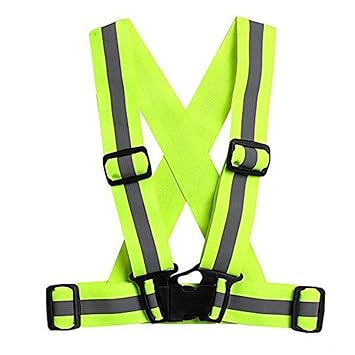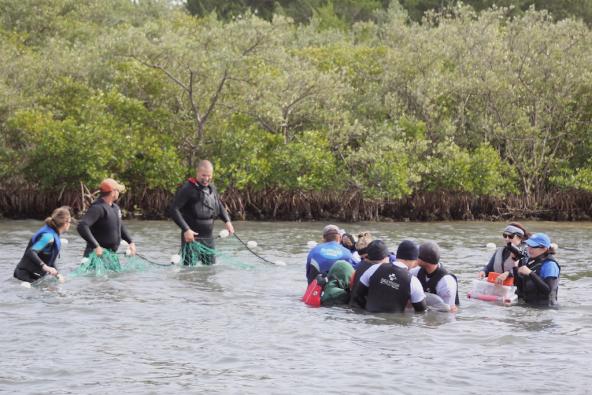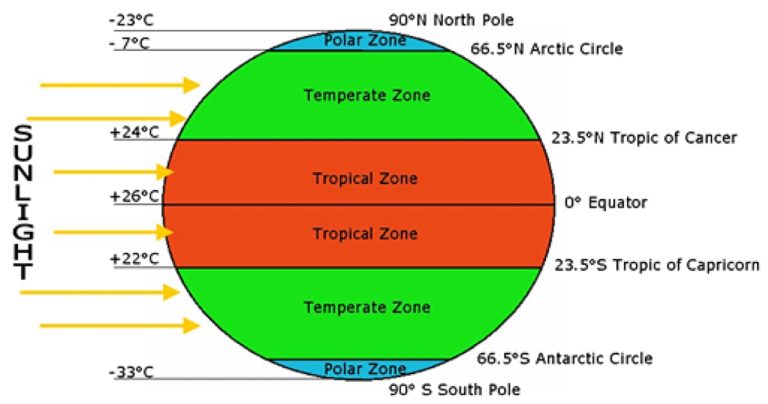“`
Elevation Impacts on Cycling: Enhancing Performance Through Altitude
Introduction
Cycling has long been celebrated as a sport of endurance, strength, and strategy. One critical aspect that can dramatically influence performance is elevation. Riding at different altitudes or tackling steep climbs impacts not just the physical aspects of cycling, but also the mental resilience required to overcome challenges. Understanding how elevation affects Cycling performance is crucial for cyclists aiming to push their limits.
With terms like altitude, Gradient, and vertical ascent playing significant roles, cyclists must comprehend how these elements interact with factors such as Oxygen levels, Power output, and Cardiovascular fitness. Moreover, strategies to optimize cycling performance metrics and maintenance tips tailored for high-altitude rides can help enthusiasts prepare better. In this article, we’ll delve deep into the elevation impacts on cycling and explore how to harness these insights for improved performance.

Elevation Impacts on Cycling: The Core Factors
Altitude and Oxygen Levels
When cycling at higher altitudes, the reduced oxygen levels pose a significant challenge. The oxygen scarcity affects VO2 max, which is the maximum amount of oxygen the body can utilize during intense exercise. Lower oxygen availability can lead to quicker onset of fatigue and reduced endurance, making elevation training crucial for athletes aiming to perform optimally in such conditions.
Gradient and Vertical Ascent
Gradients dictate the effort required to climb hills or mountains. Cycling performance is heavily dictated by the steepness of these gradients. A steeper gradient means increased resistance, demanding more from a cyclist’s power output. Understanding how to navigate different gradients becomes crucial, with climbing techniques often tailored to maximize efficiency and reduce energy expenditure.
Aerodynamic Drag and Resistance
Higher altitudes often come with less air resistance, leading some to believe it’s easier to cycle. However, the balance between reduced aerodynamic drag and increased effort due to oxygen scarcity can be challenging. Cyclists must adapt their techniques to improve energy efficiency, considering resistance factors like wind and terrain.
Training Techniques for High-Altitude Cycling
Altitude training
Altitude training involves athletes training at higher elevations to stimulate physiological adaptations that enhance aerobic and anaerobic performance. The key benefit of altitude training is the body’s improved oxygen utilization, which can significantly boost Endurance and Power output when cycling at lower elevations. Cyclists can employ this technique to prepare for races that involve significant Elevation gain.
Power-based Training
Power meters are invaluable tools for cyclists, particularly in high-altitude training environments. By monitoring power output, cyclists can tailor their training to maintain desired intensity levels despite variations in elevation and oxygen availability. Studies have shown that tracking power output helps athletes maximize training benefits by allowing them to adjust efforts based on altitude-related fatigue.
Nutritional Strategies for Altitude Cycling
Fueling for Endurance
Nutrition plays a vital role in managing the energy demands of cycling at different elevations. Carbohydrates are the primary energy source for endurance activities and become even more crucial at higher altitudes. Cyclists should focus on consuming slow-releasing carbohydrates before and during rides to sustain energy levels.
Hydration and Recovery
Hydration requirements increase at higher altitudes due to decreased humidity and increased respiration rates. Cyclists should prioritize adequate fluid intake to prevent dehydration, which can exacerbate fatigue and impair performance. Post-exercise recovery nutrition is equally important, with a focus on replenishing glycogen stores and repairing muscle tissue.
Cycling Safety Tips for Elevation Changes
Navigating hilly or mountainous terrain requires specific safety considerations. Cyclists should ensure their bikes are well-maintained, particularly brakes and gears, as these components are critical when managing steep ascents and descents. Additionally, riding with proper gear, including helmets and visibility equipment, is essential for safety in diverse terrains.
Mental Resilience and Endurance
High-altitude cycling is as much a mental challenge as it is physical. Developing mental resilience through visualization techniques and mindful practices can help cyclists maintain focus and composure during grueling efforts. Adopting a positive mindset, setting achievable goals, and managing stress effectively are pivotal in enhancing overall cycling endurance and enjoyment.
Advanced Climbing Techniques
Cycling Cadence and Performance Metrics
Cadence, or the number of pedal revolutions per minute, is an essential performance metric for hill climbing. A lower cadence often means more force on each pedal stroke, leading to fatigue. Cyclists should experiment with cadence to find the optimal balance between speed, power output, and endurance on varying gradients.
Utilizing Body Position
Body positioning can drastically impact climbing efficiency. For instance, standing up on the pedals during steeper gradients allows for more power generation, albeit at the cost of increased energy expenditure. Conversely, sitting can conserve energy over longer climbs. Cyclists should practice these techniques to understand how best to apply them depending on the terrain.

Data, Metrics, and Studies
Recent studies indicate that endurance athletes, including cyclists, receive considerable physiological benefits from high-altitude training. A study published in the Journal of Sports Sciences found an average VO2 max improvement of 4-6% following training at elevations above 2000 meters. Additionally, the use of power meters during training has shown to improve performance tracking and adjustments, assisting athletes in achieving optimal results.
User Intent and Benefits
For cyclists of all levels, understanding and applying elevation-specific strategies can enhance overall performance. Whether the goal is to improve endurance, optimize workout sessions, or master hill climbing techniques, these insights can lead to significant improvements. Moreover, adopting appropriate nutrition and training strategies offers long-term benefits, making challenging elevation gains more manageable.
FAQs
1. How does elevation impact cycling performance?
Elevation affects cycling performance mainly through reduced oxygen availability, which impacts endurance and power output. It also alters gradients and resistance, requiring cyclists to adapt their techniques.
2. What are the benefits of altitude training for cyclists?
Altitude training improves the body’s oxygen utilization, leading to enhanced aerobic capacity, increased VO2 max, and better endurance performance at lower elevations.
3. How should cyclists prepare for high-altitude rides?
Preparation includes altitude training, adjusting nutrition for increased carbohydrate intake, ensuring proper hydration, and acclimatizing gradually to the elevation changes.
4. What cycling gear is recommended for elevation changes?
Cyclists should ensure their gear is tailored for elevation changes, focusing on efficient braking systems, appropriate gearing, and protective equipment like helmets and visibility gear.
5. How can cyclists improve their climbing techniques?
Improving cadence, practicing different body positions, using power-based training, and developing mental resilience are key to mastering climbing techniques.
Conclusion
Elevation plays a crucial role in shaping cycling performance. By understanding how altitude, gradient, and associated physiological factors affect riding, cyclists can better prepare for their challenges. From employing altitude training to practicing advanced climbing techniques and optimizing nutrition, there’s a range of strategies available to maximize potential. Embrace these methods to tackle the mountains with confidence and use them as a stepping stone towards becoming a more resilient and accomplished cyclist.
Dive into the journey of exploring how elevation impacts your cycling performance and share your experiences in the comments below!
“`






